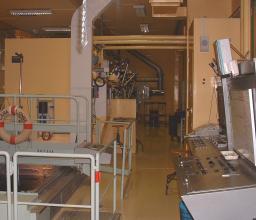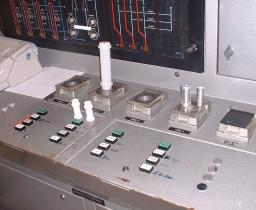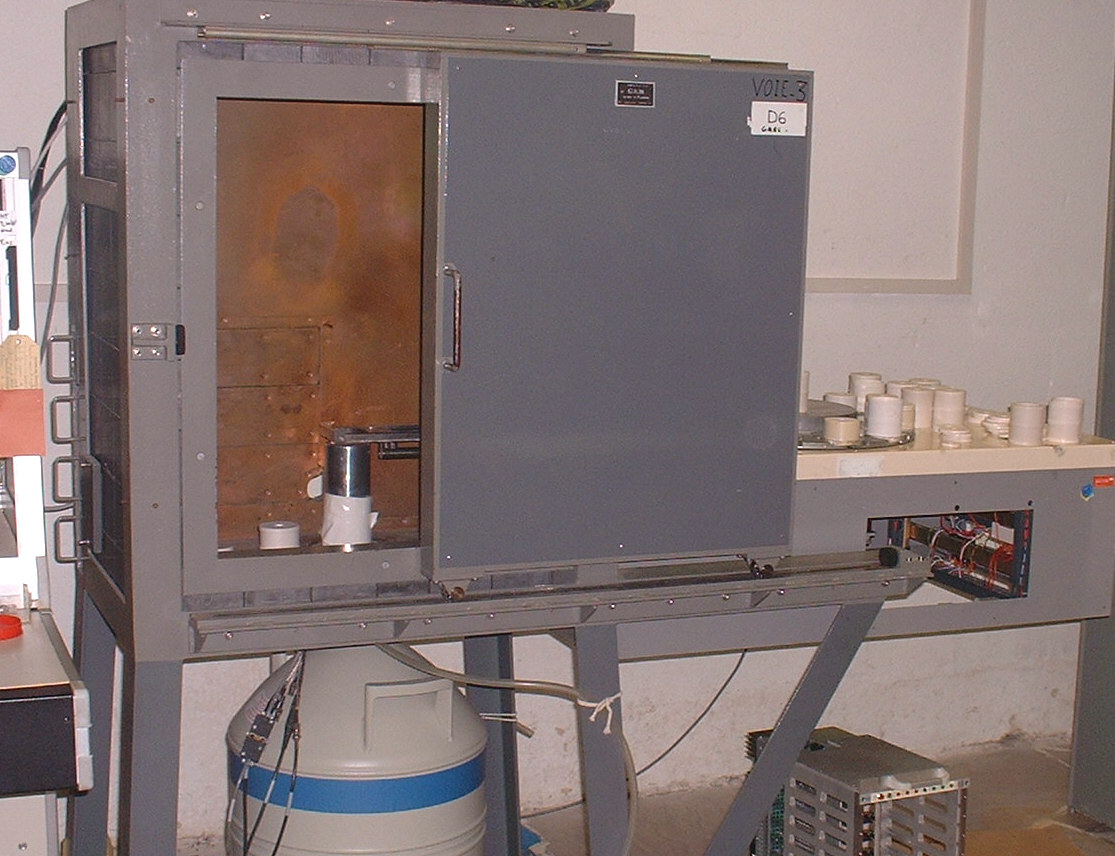
For traces quantification, this method is one of rare to usually reach its theoretical limits of detection. Its response times are dependent on the period of decrease of the radioisotopes used and can reach several days. The method applies without major modification to very many materials (metals, semiconductors, archaeological, biological, geological samples…) whose form and mass can vary on the whole. The same applies to the metered quantities which can vary from picogram to gram with a general precision near a few percent, whatever the content, except in the vicinity of the limit of detection. Currently the method is especially used as method of analysis of traces and ultratraces, either as such, or to gauge and check the results obtained by other methods, in general more accessible and more rapids but which always do not have the reliability of the activation analysis. The possibility simultaneously of quantifying, on the same sample, a great number of elements present in very different areas of concentration, makes it a method of choice for sources or mechanisms studies.
Contacts:
Clarisse MARIET 0169084960
Robert DELMAS 0169085128
Sample préparation
The geometrical shape of the sample imports little. Indeed, the neutrons, because of their zero load, have a great capacity of penetration in the matter, except for some elements (boron, cadmium…) who have a very strong cross section of neutron capture (several thousands of barns). Theoretically, it is possible to apply the method to the solids, the liquids and gases. In fact, except exception, because of the phenomena of radiolyse and the risks of contamination, the samples are irradiated in solid form, wrapped for example in aluminium paper. This material can be obtained very pure and be led to radioisotopes whose radioactivity decreases quickly after irradiation. The irradiated masses can vary few milligrams with a few grams and even much more if the device planned for the irradiation allows it. In the majority of the cases, the samples with the standards, or the monitors of flow, are placed in a closed shuttle, adapted to the device of transfer. This shuttle can be out of plastic for the short irradiations (less than one hour with 1013 n.cm-2.s-1), out of graphite or aluminium for the longer irradiations.
Sample treatment after irradiation














